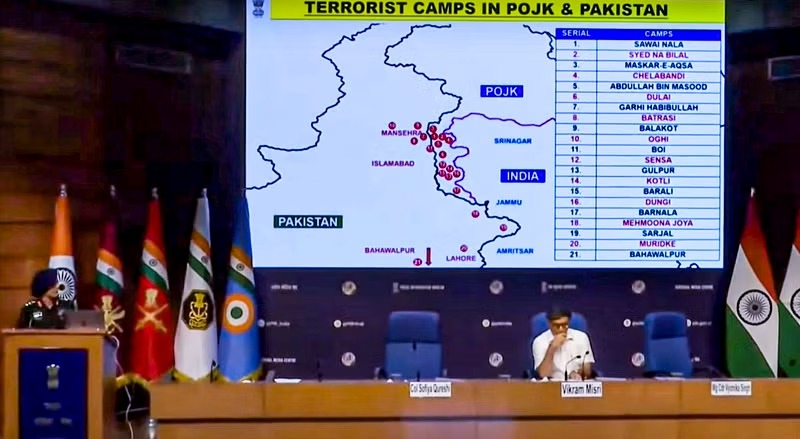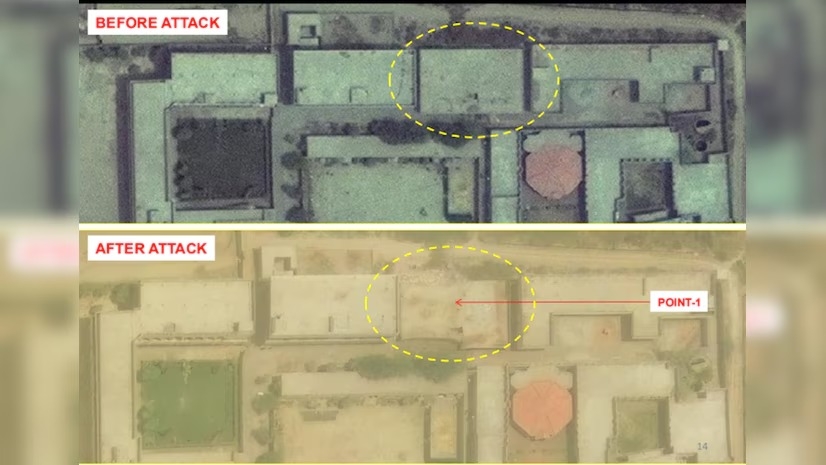The Silent Message of Operation Sindoor

India’s evolving defence posture has increasingly reflected a shift from reactive responses to calculated, pre-emptive strategies. This transformation is exemplified by the recent execution of Operation Sindoor, a swift and decisive military operation that achieved tactical objectives without escalating into prolonged conflict. More than just a counter-terrorism measure, the operation represents a significant moment in India’s assertion of its strategic autonomy and military sophistication.
The core objective of Operation Sindoor was the targeted neutralization of high-value terrorist infrastructure across the border. These installations, long regarded as epicentres of cross-border militancy, were reportedly operating under the protection of Pakistan’s security apparatus and benefitting from technological support from China. In dismantling them, India struck at the very nexus of state-sponsored terrorism and foreign military backing, exposing critical vulnerabilities in an entrenched system.

What distinguishes Operation Sindoor is not only the precision with which it was carried out but the larger implications it holds for regional security architecture. The operation laid bare the inadequacies of China-supplied defence equipment to Pakistan, particularly in air defence systems, which failed to intercept India’s coordinated strikes. This revelation does more than dent the credibility of Chinese military exports—it signals a recalibration of power equations in South Asia, where India's indigenous capabilities now rival foreign-dependant defence infrastructures.
This strategic restraint has long been a hallmark of India’s security philosophy but was, for years, perceived as passive. Operation Sindoor redefined that restraint—not as weakness, but as discipline. It conveyed that India is not driven by impulse but by calibrated strength. The ability to strike hard and stop short of war sends a clear message to adversaries: India is prepared, precise, and pragmatic.
The domestic response, as expected, was diverse. While national sentiment largely favoured the action, some political quarters questioned the decision not to escalate further. However, such critiques often overlook the fundamental objective of modern military engagement: achieving results with minimal collateral fallout. In this regard, the operation not only met but exceeded its mandate.

Internationally, the operation reinforced India’s reputation as a responsible yet resolute power. It avoided the trappings of full-scale warfare while achieving tactical depth, thereby maintaining its moral high ground. The careful balance between aggression and diplomacy ensured that India’s actions were understood globally as a countermeasure, not provocation.
From a strategic standpoint, Operation Sindoor marks a significant evolution in India’s defence doctrine:
It showcased the maturity to limit action once objectives were met.
It exposed the fragility of adversarial military ecosystems.
And most importantly, it shifted the narrative from retaliation to deterrence.
In conclusion, Operation Sindoor was not just a military operation—it was a message. A message that India is not only prepared to defend itself but is now fully capable of shaping its security environment on its own terms.
It has signalled to the world, especially to those who test its patience, that while India desires peace, it will no longer hesitate to use force—decisively, proportionately, and effectively.
This operation will likely be studied in military and policy circles for years to come, not merely as an event, but as a defining moment in India’s journey toward becoming a strategically assertive global power.